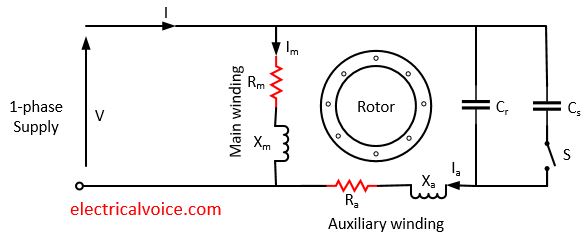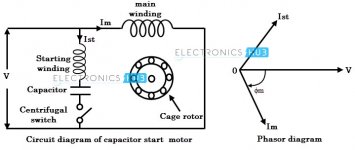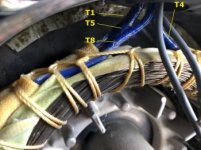Having a hard time figuring this one out I replaced a damaged electric motor on my air compressor. The unit it was replaced with came from a IR 7.5 HP compressor and it seems like it was only designed to spin CW. From my limited knowledge if I can reverse the polarity on the Starting Winding it would change the direction of rotation. Looking through the wiring I am having a hard time figuring out the correct way to do this.
From what I can tell the 2 Black Capacitors are Start Capacitors that are wired in series and the 1 White Capacitor is the Run Capacitor. The 4 wires coming out from the motor are all blue 2 are connected to L1 and L2 and the other 2 are connected to the Run Capacitor.
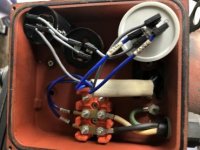
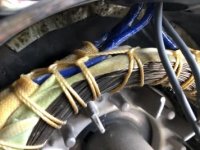
From what I can tell the 2 Black Capacitors are Start Capacitors that are wired in series and the 1 White Capacitor is the Run Capacitor. The 4 wires coming out from the motor are all blue 2 are connected to L1 and L2 and the other 2 are connected to the Run Capacitor.




